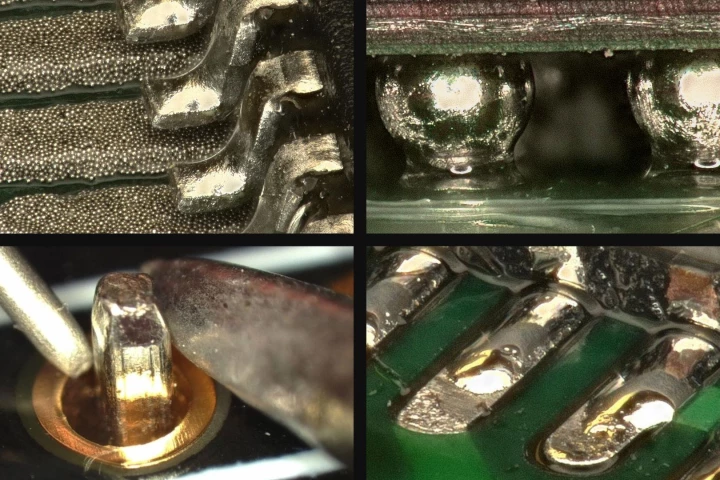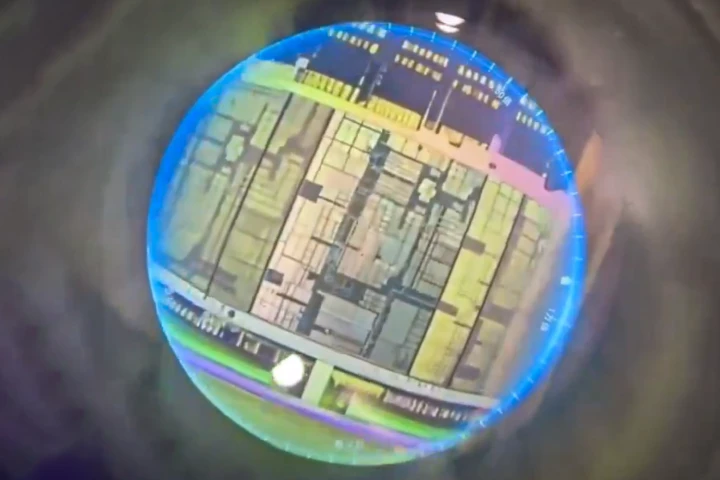Microscopes
-
There's a lot going on around us that we can't see. Cheap desktop microscopes can provide access to such secret worlds for regular folks like you and me, and tech company BeaverLab has launched a smart digital model called the Darwin MX Pro.
-
A photography competition celebrating microscopic images has unveiled this year’s winners. A startling cross-section shot of a flower was awarded the fifth annual Evident Image of the Year Award, leading a mesmerizing gallery of miniature marvels.
-
Six years on from the first iMicro smartphone microscope, comes the iMicro Q3p, a tiny tool that makes microscopy inexpensive, portable and accessible. It also has polarization, offering incredible detail in materials such as crystals and minerals.
-
From a baby tardigrade riding a nematode, to water droplets evaporating from the wing scales of a peacock butterfly, the winners of this year's Nikon Small World In Motion video microscopy competition let you see the unseen in astounding detail.
-
Here's a feast for your eyes: mesmerizing footage of circuit boards being soldered, massively magnified under an ultra- powerful microscope. It's a fun watch, even if you've never picked up a soldering iron before.
-
You may have seen this video doing the rounds; it peers through the lens of a microscope at a smartphone chip and starts zooming in, giving you a visceral sense of just how insanely tiny today's transistors have become.
-
The Centenary Institute has announced the winner of its When Art Meets Science competition, showcasing the intersection between ground-breaking medical research and stunning images. But you can cast your vote for the best image in the People’s Choice Awards.
-
From an igniting match to a mouse embryo and a micrometeorite, the winners of the annual Nikon Small World photomicrography competition have been unveiled. As always, this year’s stunning images capture the wonder of the tiny hidden universe around us.
-
Researchers have combined two microscopic imaging techniques in one microscope, providing scientists with a high-resolution method of tracking single molecules in a cellular context, letting them visualize, in minute detail, what’s happening inside cells.
-
A bright red waterfall isn’t something you’d expect to see on the icy landscape of Antarctica, but that’s what’s pouring out from the foot of Taylor Glacier. Scientists now claim to have solved the mystery behind the crimson waters of Blood Falls.
-
Using AI, researchers have created the first map of a protein group known as the Commander complex, which functions as a "postal worker" in the body. The new understanding opens the door to new drugs and modalities for fighting a range of conditions.
-
This stunning image may look like a particularly lively Jackson Pollock painting, but it’s actually an example of a new cell imaging technique. The subject? A human retina.
Load More











